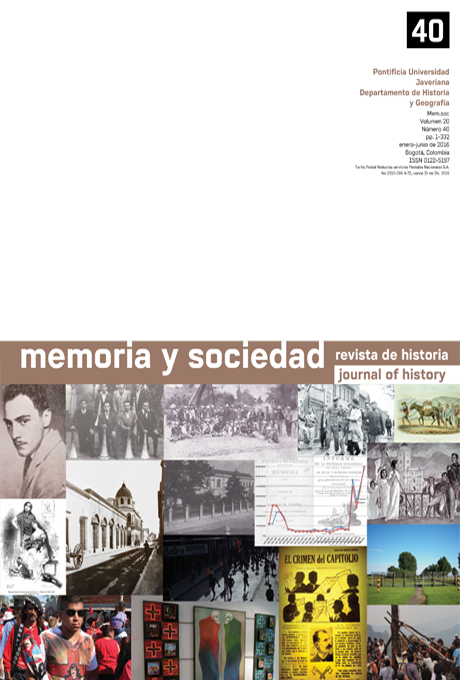Resumo
A modernização e consolidação da capital do
Estado de Yucatán foi conseguida mediante
construção de prédios de uso público, trabalho
exaustivo em infraestrutura e edificação de habitação
para tudo nível socioeconômico. Coletivamente,
achava-se que essas propostas eram
decantações de edificações europeias, contudo,
todas e cada uma delas tinham de aderir para
um rigoroso corpo legal. Nestes compêndios
normativos expunham-se aqueles elementos
a se considerar na hora de solicitar permissão
de construção e regulamentava desde a relação
do objeto construído com os seus arredores,
para os aspectos formais e qualidade construtiva.
Nesse contexto, o objetivo do presente
documento é analisar o impacto das diretrizes
expostas nos regulamentos e códigos, na
materialização da cidade moderna porfiriana,
considerando que tal documentação foi desconsiderada
nos processos interpretativos das
ações urbano-arquitetônicas locais.
A revista Memoria y Sociedad encontra-se registada sob a licencia Creative Commons Versão 4.0 Internacional. Portanto, esta obra pode se reproduzir, distribuir e comunicar publicamente em formato digital, sempre que dado o crédito apropriado para os autores e a Pontificia Universidad Javeriana. Permite-se citar, adaptar, remixar, transformar, autoarquivar, republicar e criar a partir do material, para qualquer fim, mesmo que comercial, sempre que indicado apropriadamente o nome do criador, provido um link para a obra original e indicado se mudanças foram feitas. A Pontificia Universidad Javeriana não retém os direitos sobre as obras publicadas e os conteúdos são responsabilidade exclusiva dos autores, os quais conservam seus direitos morais, intelectuais, de privacidade e publicidade.
O aval sobre a intervenção da obra (revisão, correção, edição, tradução, formatação) e a subsequente difusão disponibiliza-se através de licença de uso e não através de transmissão de direitos, o que representa que a revista e a Pontificia Universidad Javeriana são isentas de qualquer responsabilidade que puder se derivar de uma prática ética pobre por parte dos autores. Em consequência da proteção fornecida pela licença de uso, a revista não fica na obrigação de publicar retratações ou alterar informações já publicadas, a não ser que a errata seja decorrente do processo de gestão editorial. A publicação de conteúdos nesta revista não representa royalties para os contribuintes.

